by Larry Jordan
on October 21, 2009
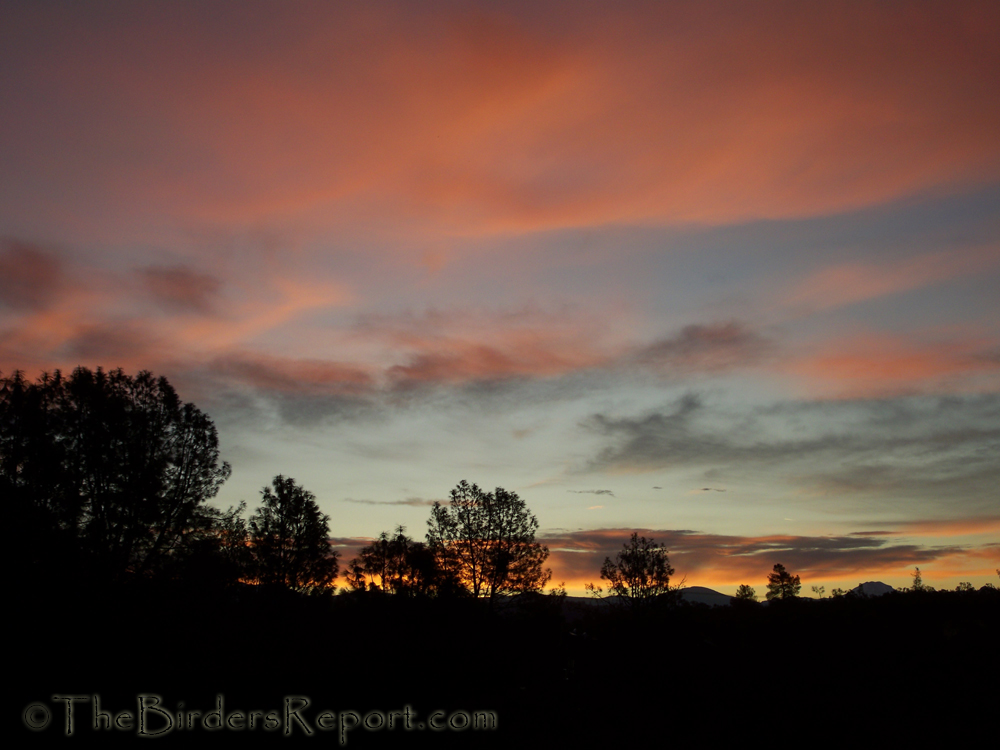 Oak Run Sunrise photo by Larry Jordan
Oak Run Sunrise photo by Larry Jordan
I would like to see many more sunrises like this one from my home in Northern California but if we don’t do something about Climate Change now…

To see what you can do and join in the activities on October 24th, go check out 350.org. Then go see all the other Skywatch photos at Skywatch Friday!
{ }
by Larry Jordan
on October 18, 2009
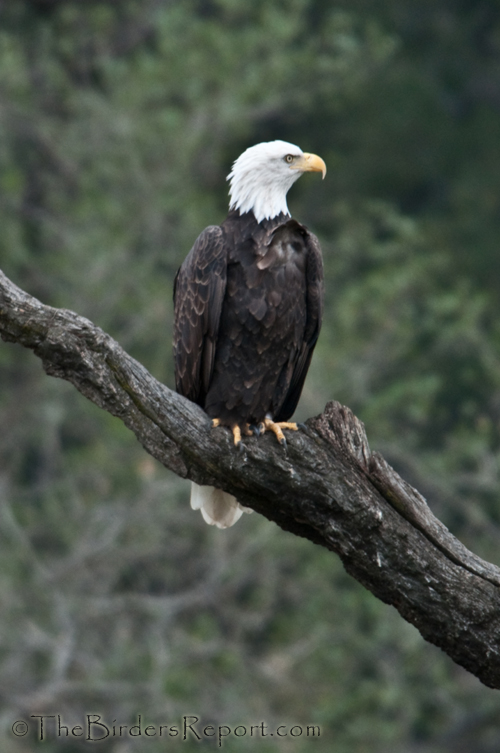 Bald Eagle photos by Larry Jordan
Bald Eagle photos by Larry Jordan
I had a great outing at Lema Ranch this morning with some friends from the local Audubon. The weather was cool and overcast in the early morning and the birds were all out enjoying the day. I had quickly gathered fourteen species as I headed down the hill into town without even seeing my resident American Kestrel or the recently returning Lewis’s Woodpeckers. I did see the Wild Turkeys and a large tiding of Yellow-billed Magpies but I was running late and had no time to stop for photo ops.
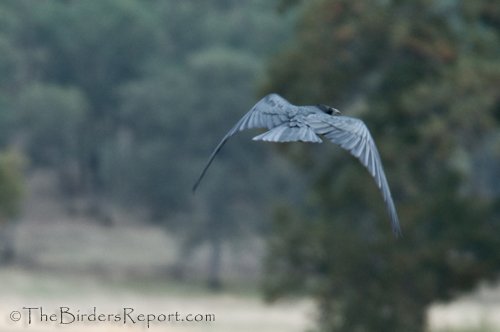 American Crow
American Crow
We counted forty two species at Lema Ranch, some of the best birds being a Lincoln Sparrow, Belted Kingfisher, Green Heron and the first flock of Cedar Waxwings I had seen this year. We also watched as a Pied-billed Grebe choked down a huge fish that I wouldn’t have thought would fit down its throat. But that ended up not being the most interesting part of my birding day.
On the way back home I added a Great Blue Heron to my list and was hoping to get a decent shot of a Common Raven. You see with the weather changing I’ve seen several deer on the road lately, some which haven’t made it as they try to cross the highway. With fresh carnage along side the roadway, I have seen groups of American Crows, the ever present Turkey Vultures, and some Common Ravens, gathering around to clean up. My plan was to drive by one of these sites slowly enough to snap off a couple of shots of the ravens.
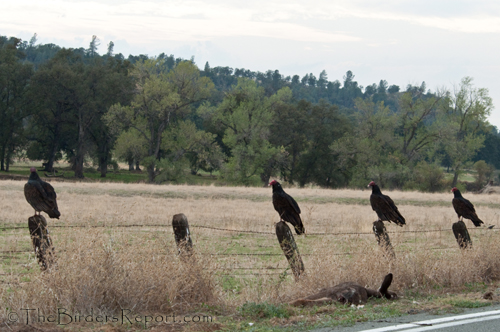
As I approached the scene, I saw many more birds than I had on the way into town six hours earlier. But before I got close enough, some vehicles came from the other direction and the birds flew. There were at least thirty Turkey Vultures and several crows taking part in the feast but I didn’t see any Common Ravens. The birds flew up into a huge circle and several came back down to rest on the fence posts along the road.
I turned the car around and passed by on the opposite side of the road to see if I could see any ravens. Nothing. Another (legal) U-turn and I was back on the side of the road with the deer and the Turkey Vultures where I decided to slowly pull off and park, and watch. A few vultures took off and when I turned to watch them, that’s when I saw the Bald Eagle. It was headed toward my parked car when it pulled up and landed on snag about 100 feet away! One of the Turkey Vultures landed on the same snag, as the Bald Eagle looked on, unmoved.
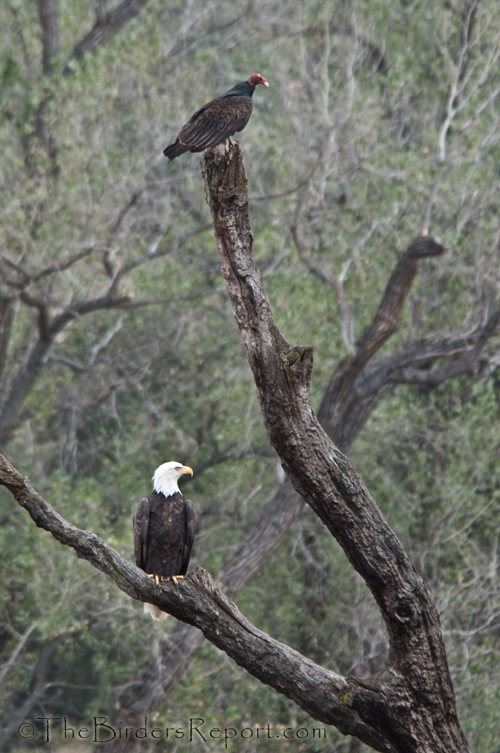
I was in the midst of photographing the Bald Eagle when my cell phone rang with a message that I was being called back into work. The best image I got was the one you see at the top of the post. I was hoping to stay long enough to catch an in-flight shot of the eagle but today was not the day. All I got as I turned around to pass the deer again was a photo of the bravest Turkey Vulture of the group, still sitting on the fence post.
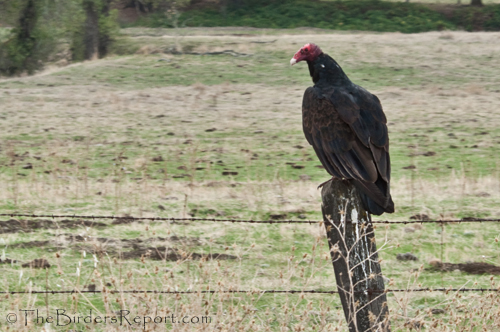 A good birding day!
A good birding day!
Wanna see more great bird photos? Bird Photography Weekly!
{ }
by Larry Jordan
on October 15, 2009
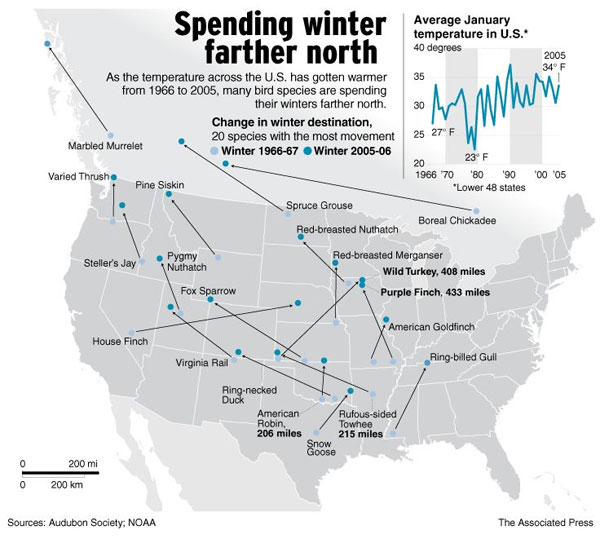 According to a study by Audubon scientists released in February, nearly 60% of the 305 species found in North America in winter are on the move, shifting their ranges northward by an average of 35 miles. You can download the study here. You can find a synopsis of the situation on the Audubon’s Bird & Climate Change website and, after reading the report, you will probably want to hop on over to the “take action” page and do something about it!
According to a study by Audubon scientists released in February, nearly 60% of the 305 species found in North America in winter are on the move, shifting their ranges northward by an average of 35 miles. You can download the study here. You can find a synopsis of the situation on the Audubon’s Bird & Climate Change website and, after reading the report, you will probably want to hop on over to the “take action” page and do something about it!
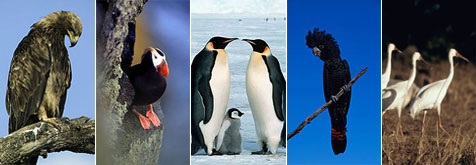
A status report compiled for the World Wildlife Fund reviews more than 200 scientific articles with alarming results. You can download the summary here. If you want to read the entire Global Status Report you can download it here. This report (3.24MB) is “a synthesis of current scientific understanding of anthropogenic climate change impacts on global bird species now, and projected future effects.”
These reports are only a small part of the affects of climate change on our planet, its flora, fauna and human habitat. You can get more information and read posts by some of the over 8,000 blogs, all over the world participating in Blog Action Day 2009 here.
{ }
by Larry Jordan
on October 11, 2009
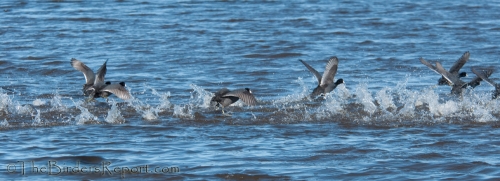 American Coots Take Off photos by Larry Jordan
American Coots Take Off photos by Larry Jordan
One of the sights you will see if you visit the Sacramento National Wildlife Refuge is a cover of American Coots skittering across the water as they take off. This running across the top of the water is the only way these birds can get airborne from the water and they make plenty of noise doing it. In the photo above you can see the individual splashes each bird makes until they get their big, lobed feet out of the water.
If you arrive early in the morning you may catch a young Bald Eagle finishing breakfast…
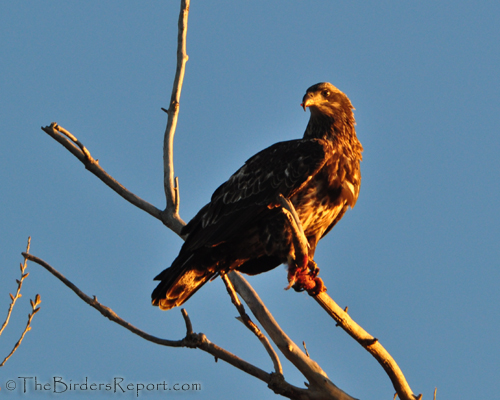
Or a Red-tailed Hawk on the lookout for a meal
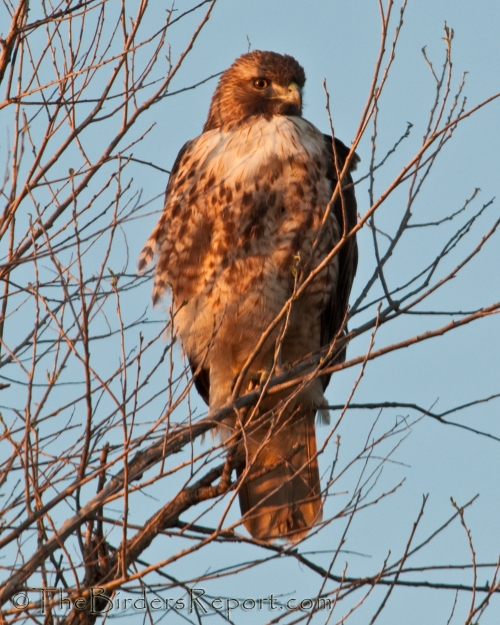
But they aren’t the only raptors you will find here. Osprey, White-tailed Kite, Sharp-shinned and Cooper’s Hawk, as well as Golden Eagle and Peregrine Falcon have frequented this refuge. The American Kestrel and Great Horned Owl are hard to miss as are the Red-shouldered Hawk and the ever present Northern Harrier as she flies low over the marshes.
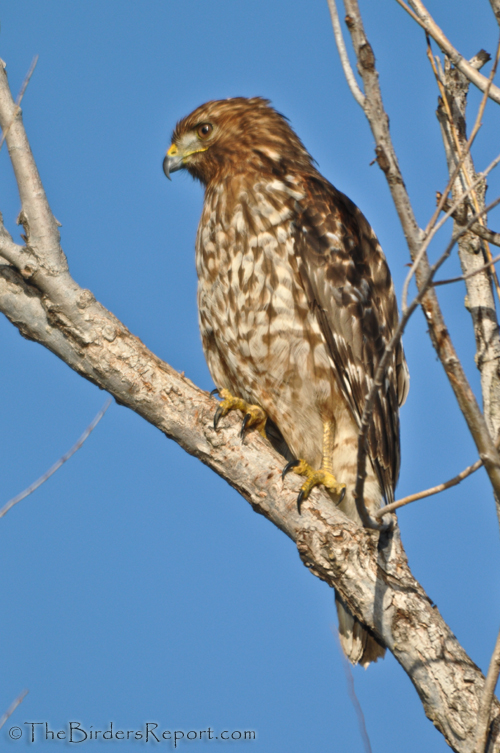
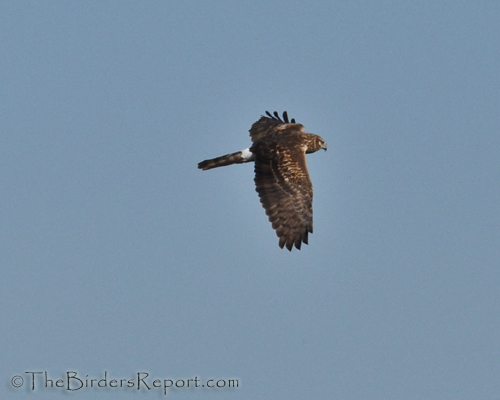
This time of year the Snow Geese are arriving by the hundreds and you will witness skeins like this one flying in as well as Greater White-fronted Geese and Ross’s Geese.
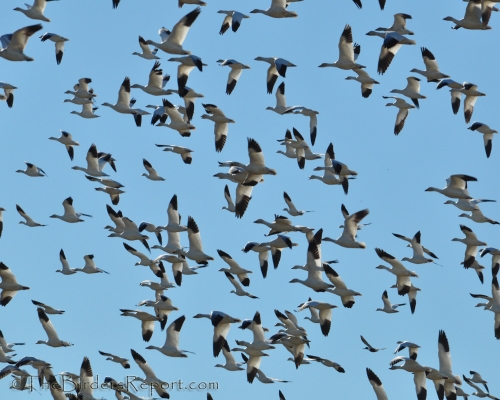
Waterfowl are present in abundance and there are way too many species to list here but here is a link to the complete list of 269 species of birds found on the refuge. I have a male Gadwall representing the dabbling ducks…
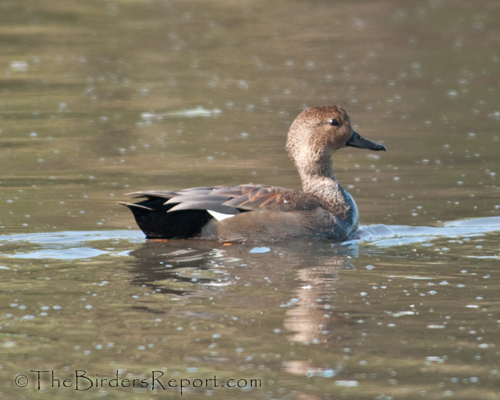
And a Double-crested Cormorant in flight, just for fun.
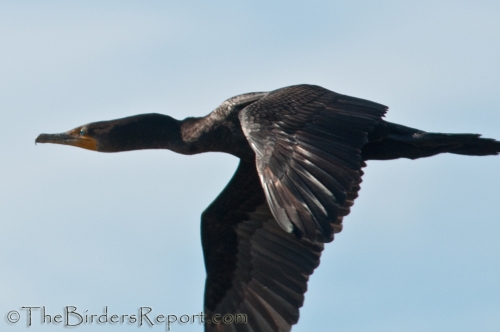
American Bittern, Black-crowned Night Heron, Great Egret, Great Blue Heron and Snowy Egret are common at the refuge…
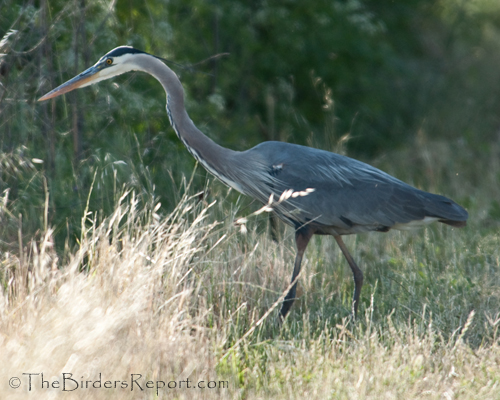
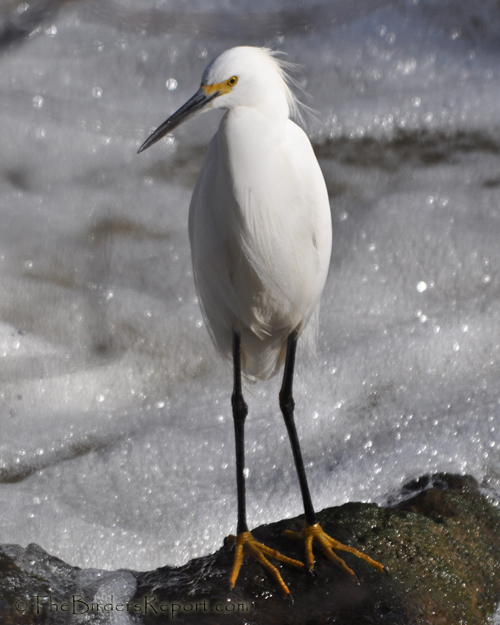
As is the little Marsh Wren which can be heard almost everywhere near the edges of the marsh in the bulrush.
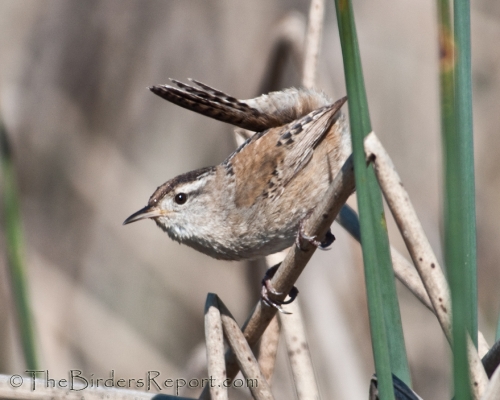
Go check out the complete species list for the Sacramento National Wildlife Refuge and you will see why it is one of my favorite places to bird. And, if you’re in the area, come join us for a bird outing on November 21st with a great group of Birders Who Blog, Tweet and Chirp! For now, go check out all the other great bird photos at Bird Photography Weekly!
{ }
 Oak Run Sunrise photo by Larry Jordan
Oak Run Sunrise photo by Larry Jordan

 Bald Eagle photos by Larry Jordan
Bald Eagle photos by Larry Jordan American Crow
American Crow

 A good birding day!
A good birding day!















Social Media Connect